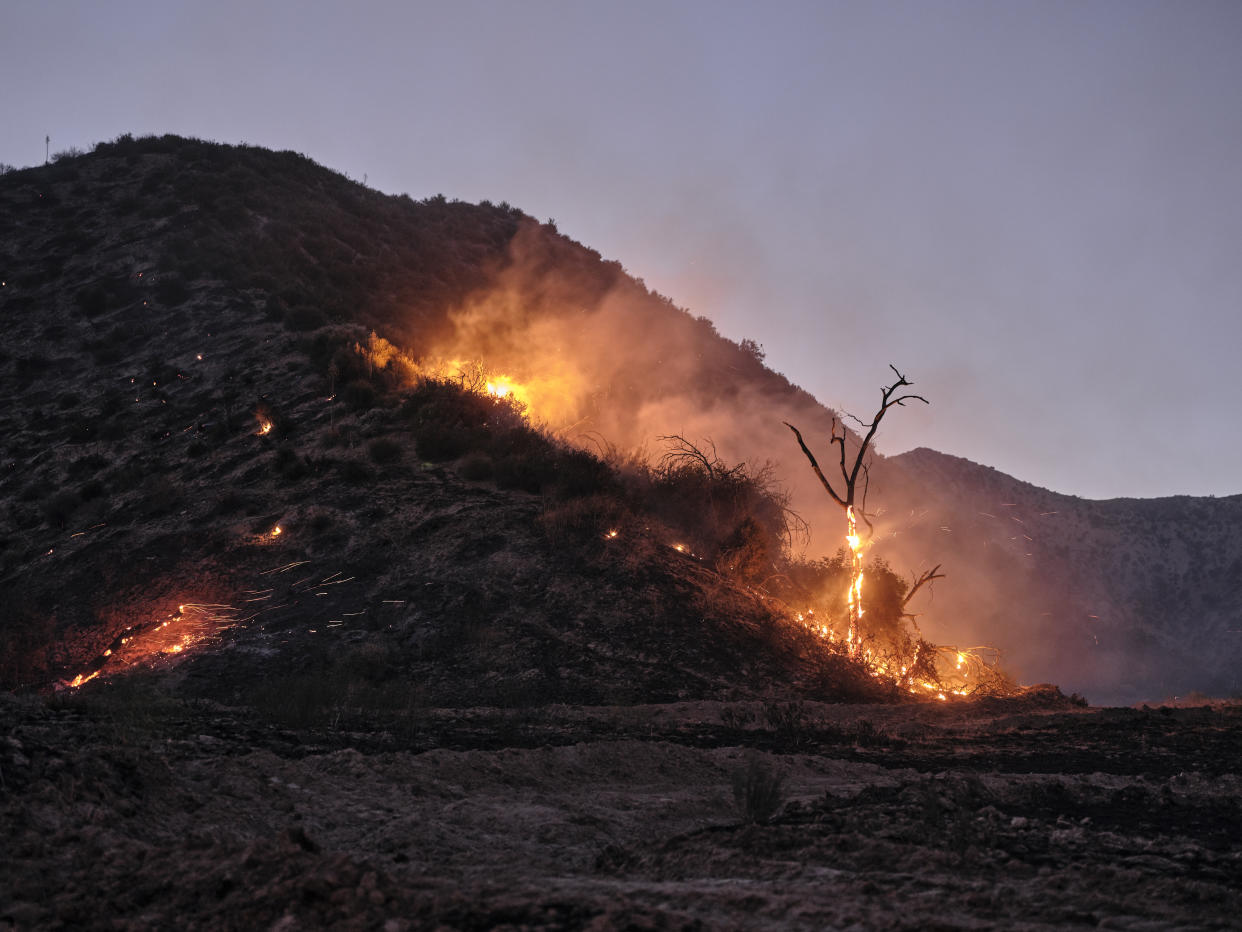How This Year’s Fire Season Could Pan Out

There’s no doubt about it: The 2024 wildfire season in California has begun.
Propelled by dry and windy weather, more than two dozen fires have erupted across the state in the past week, including the two biggest blazes of the year so far — the Post fire northwest of Los Angeles and the Sites fire in Colusa County, northwest of Sacramento, which had grown to more than 19,000 acres as of Wednesday evening and was only 10% contained.
“We have entered fire season unambiguously,” Daniel Swain, a climate scientist at UCLA, said in an online briefing. “I think we’re going to see a greatly increased level of fire activity this year, compared to the last two years.”
Sign up for The Morning newsletter from the New York Times
After two rainy winters in a row, there is more grass and vegetation than usual available to burn, Swain said. And though the land isn’t unusually parched yet, he said, it’s likely to become dangerously dry in the next few months, setting the stage for extreme and difficult-to-control fires.
Fire season is looking worrisome elsewhere in the West as well. Two wildfires in southern New Mexico were burning out of control Wednesday evening, scorching more than 23,000 acres and prompting the evacuation of thousands of people from their homes.
In California, 2022 and 2023 were mild fire years, for a welcome change. Wildland fires burned roughly 325,000 acres and damaged 70 buildings across the state in 2023; two years earlier, the acreage figure was nearly eight times as high — more than 2.5 million in all — and 3,500 structures were damaged.
California was lucky last year, with an exceptionally wet winter followed by an unusually cool summer. Then the remnants of Hurricane Hilary dumped so much rain on Southern California in August that it effectively ended the fire season when it ordinarily would be peaking.
That’s unlikely to happen this year.
Though 2024 also began with a wet winter, it wasn’t quite as extreme as last year’s. Warm weather already appears to be parching vegetation and making it more flammable, as the many blazes that began over the past few days have shown. The vegetation will dry out further as summer wears on, making it increasingly susceptible to catching fire.
Though wildfires can happen in California almost any time of year, 17 of the 20 most destructive wildfires in state history have occurred between July and October, after most of the state has typically gone months without a drop of rain. The other three were in November or December, at the ends of long dry periods that mimicked peak fire-season conditions.
Above-average temperatures are expected in the entire state this summer, and particularly in inland areas. So Californians should be on high alert, Swain said.
“Probably by July, we’re going to see a manifestation of a really active fire season,” he said.
c.2024 The New York Times Company


